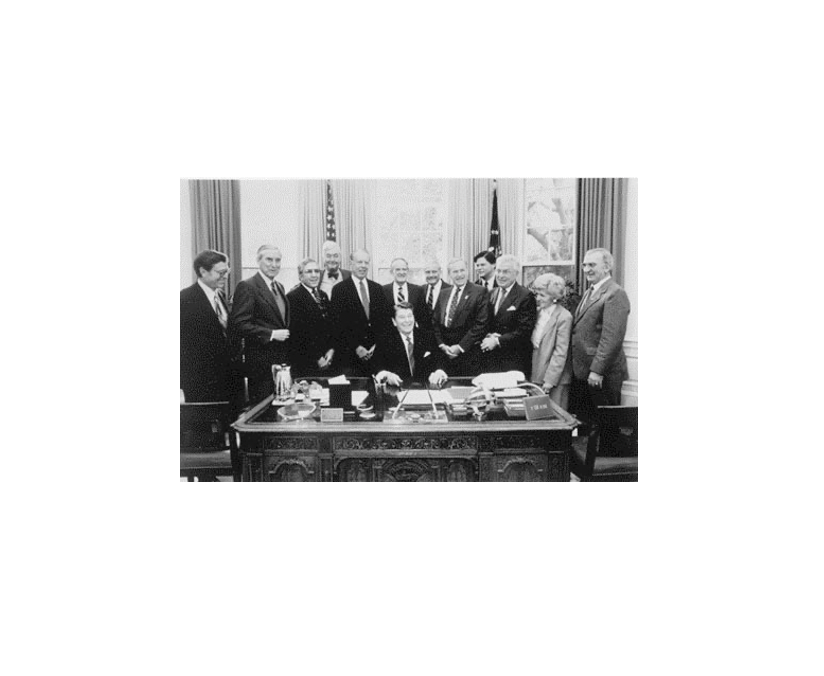California Farmers Howl as Feds Unveil Central Valley Water Deliveries
- Apr 11, 2016
- 2 min read
Updated: Aug 30, 2020

The U.S. Bureau of Reclamation recently announced its initial 2016 water supply allocation for Central Valley Project (CVP) contractors. Among the highlights:
North-of-Delta agricultural water service contractors, Sacramento River settlement contractors, and M&I water service contractors are all allocated 100 percent of their contract supply. The Contra Costa Water District, which receives water directly from the Delta, is also allocated 100 percent of its contract supply.
Agricultural water service contractors South-of-Delta are allocated only 5 percent of their contract supply.
M&I water service contractors South-of-Delta are allocated 55 percent of their historic use.
San Joaquin River Exchange and Settlement Contractors are allocated 100 percent of their contract supply, as are Wildlife refuges (Level 2) North- and South-of-Delta.
The Bureau’s announcement highlights challenges facing water management within the California’s Central Valley. As the U.S.’s largest (by value) agricultural region, the demands for water to support the agricultural industry are huge.
Yet the Central Valley’s water supply is significantly imbalanced. North of the California Delta, the Sacramento River system, with its extensive reservoir system, provides significantly greater water supplies than the San Joaquin River system. This imbalance contributed significantly to the construction of the Federal Central Valley Project and the California State Water Project, both of which were designed to divert water into the Los Angeles and San Diego markets.
California’s five-year drought has magnified the challenges of meeting the Central Valley’s water requirements. These challenges reflect the long-term uncertainty of water availability for the competing water uses in California and the imbalance being realized between water supply in the Sacramento River system in the north and the San Jaoquin River system in the south.
The State of California has been evaluating means of increasing the assurance of providing water supply to the south including the San Joaquin Valley. This effort has resulted in the highly publicized California Delta Conveyance Project. This project, if built, would increase the reliability of providing water to the south, not increase the volume of water diverted.
The recent drought has magnified the need for a long-term solution. This year’s rain and snow are not a solution to the Central Valley’s water distribution problems. The Bureau of Reclamation’s announcement is a recognition that the area still faces serious water allocation challenges. That’s why the Bureau’s Central Valley water allocation proposals must necessarily reflect the difference of water availability north to south and the overarching impact of California Water Law.
By California’s Appropriative water doctrine, the junior water rights are basically found in the south (San Joaquin River Basin). Therefore, these areas can only receive water once senior water rights (found heavily in the Sacramento River Basin, to the north) are fully met. This reality contributes to the disproportionate allocation of water.
Rob Vining Senior Advisor
A member of the Dawson team since 2012, Rob formerly served as the U.S. Army’s Chief of Civil Works Programs, Management Division.
The views expressed here are those of the author and do not necessarily reflect the views of Dawson & Associates.




Comments